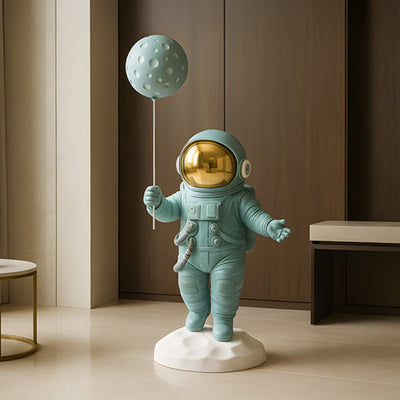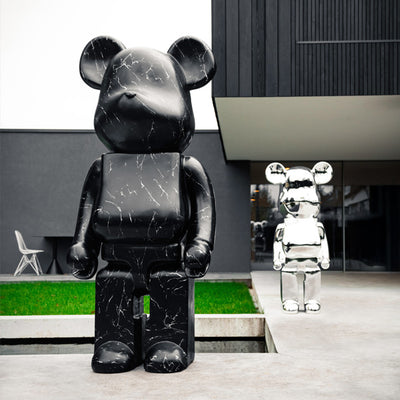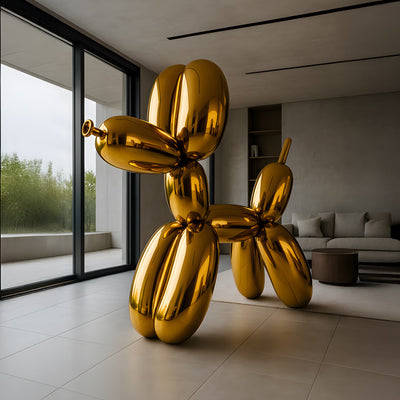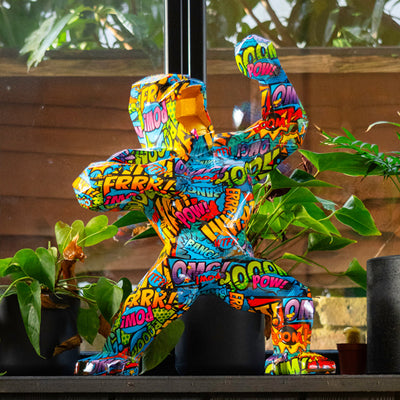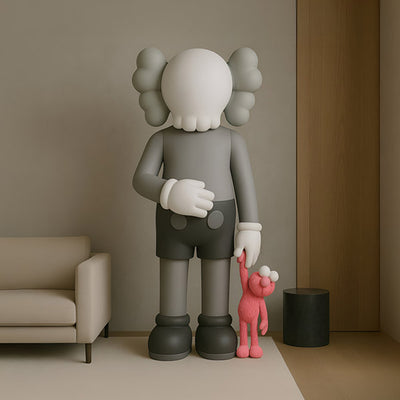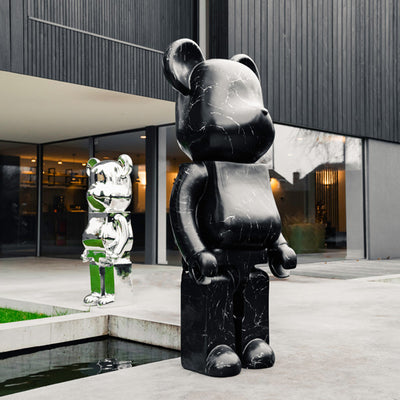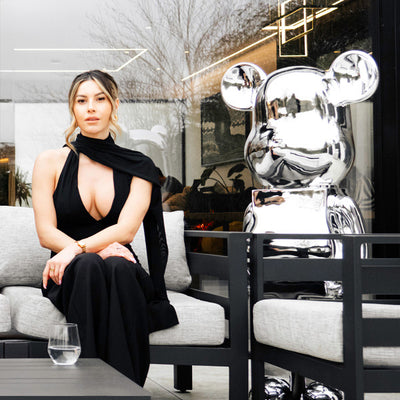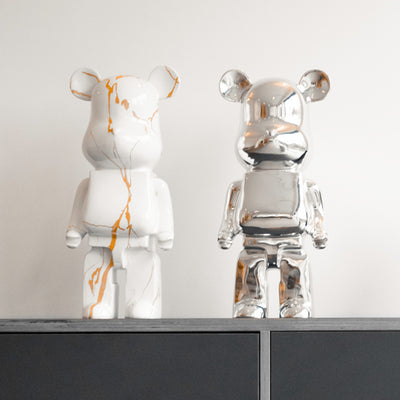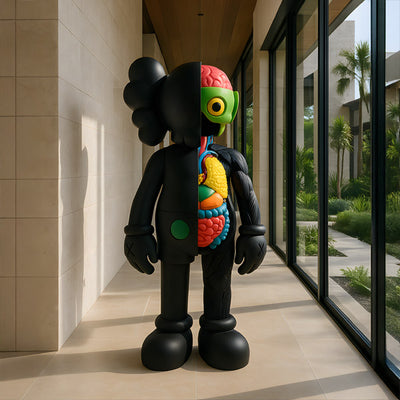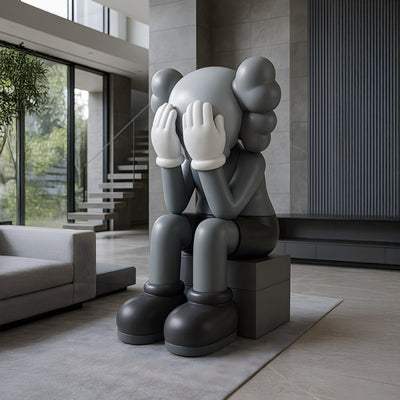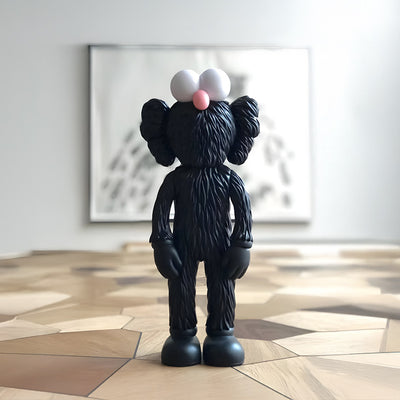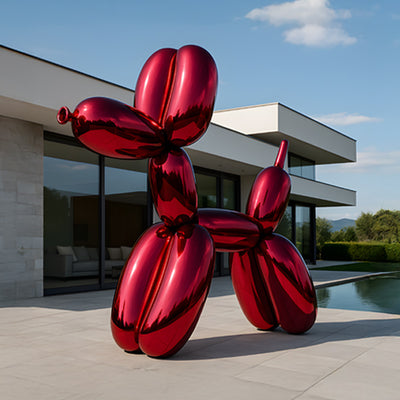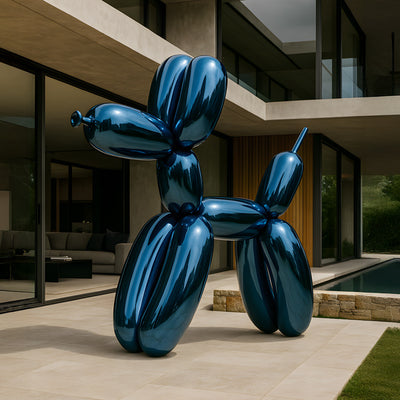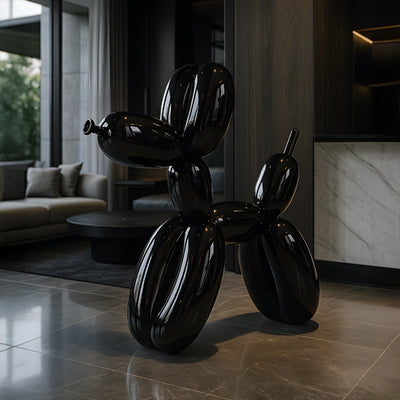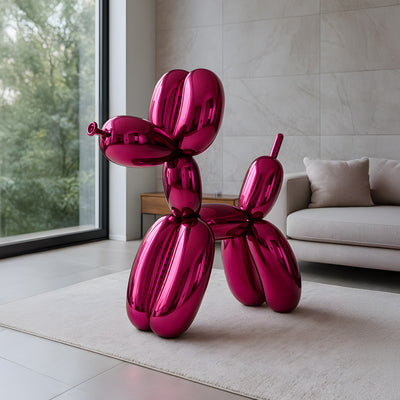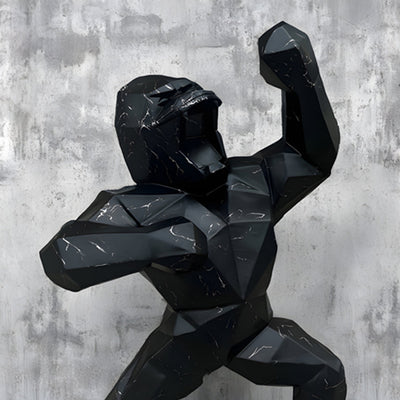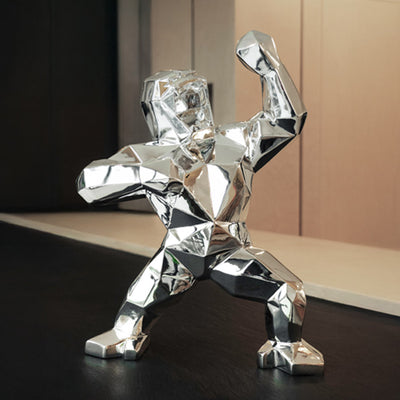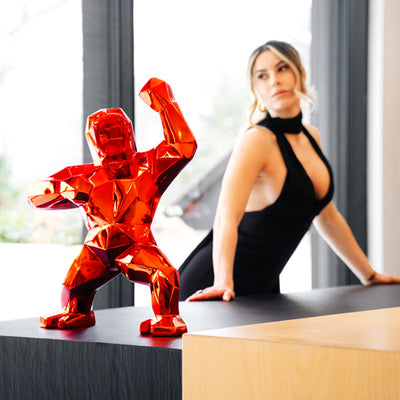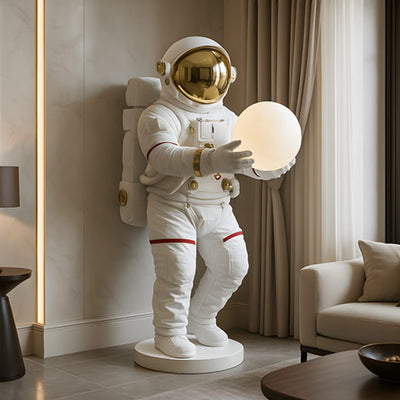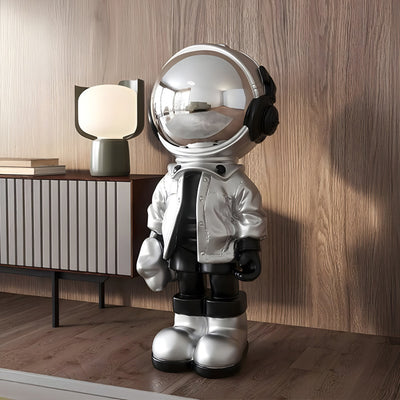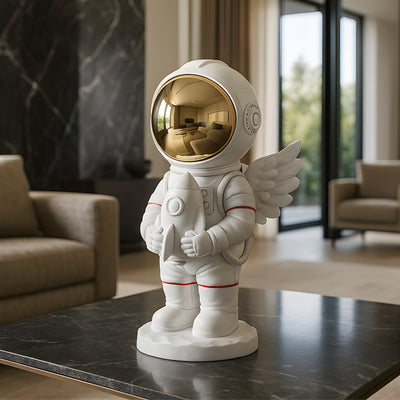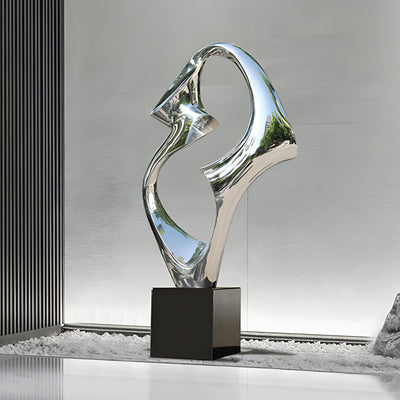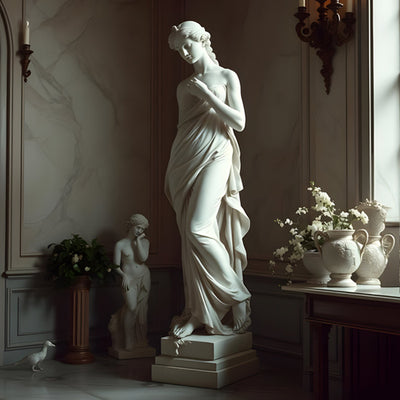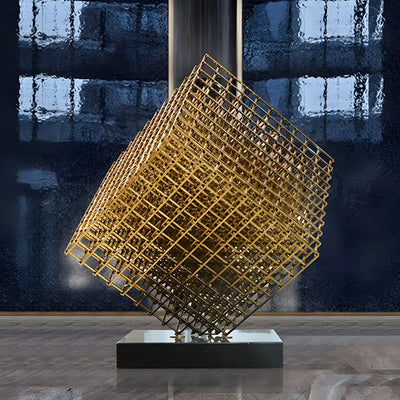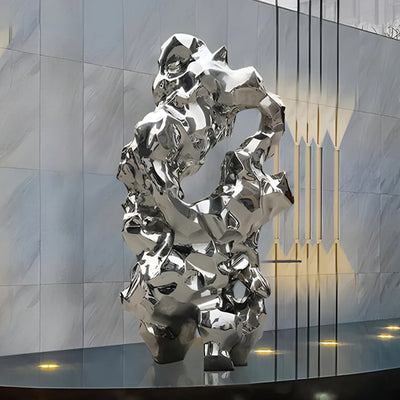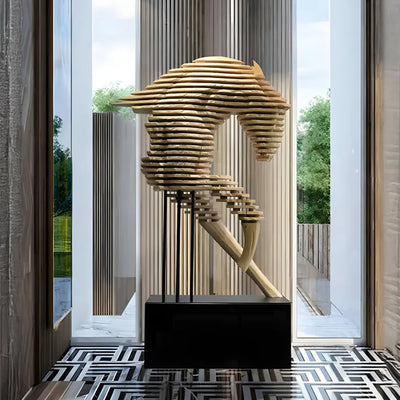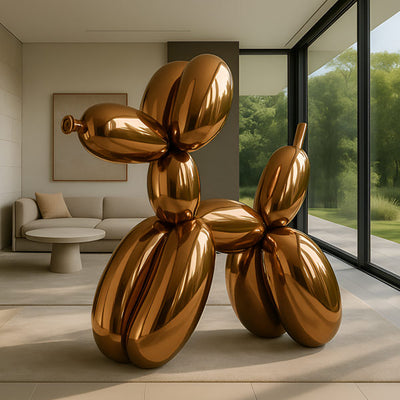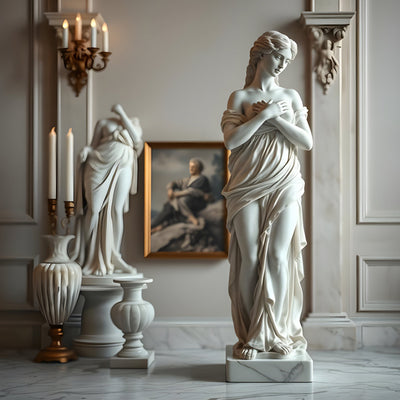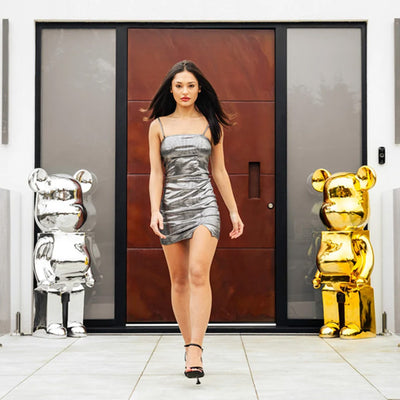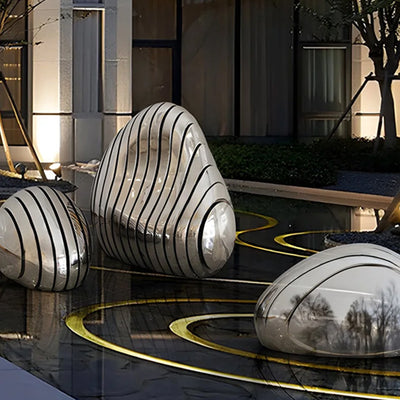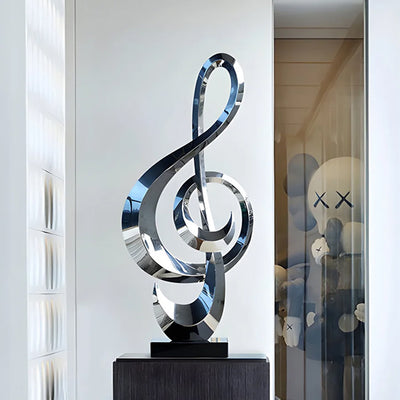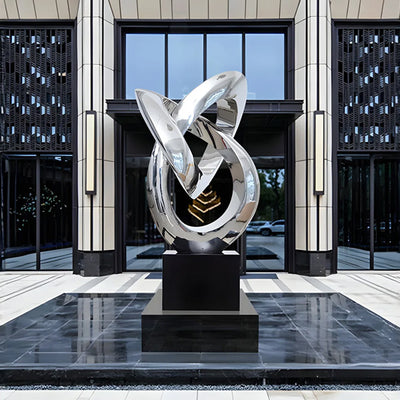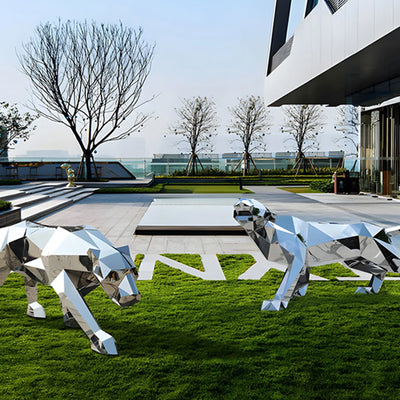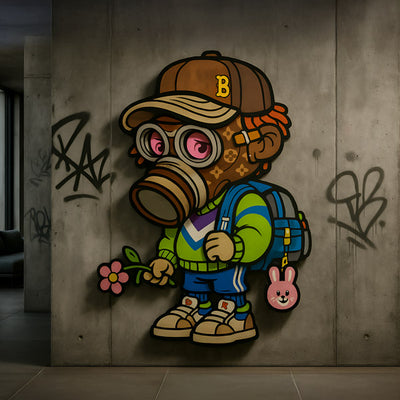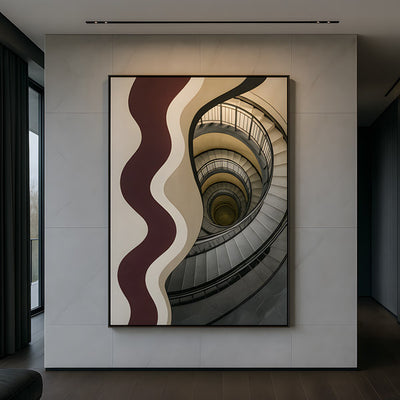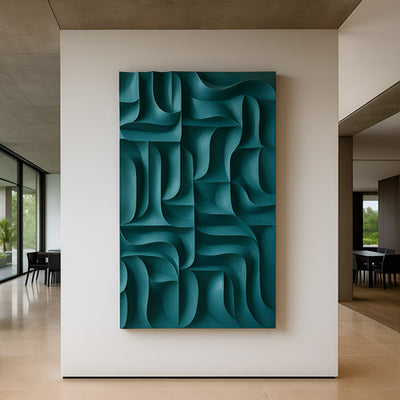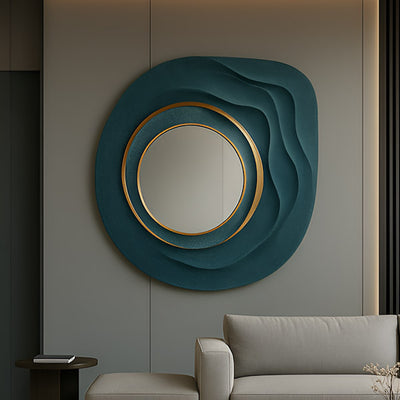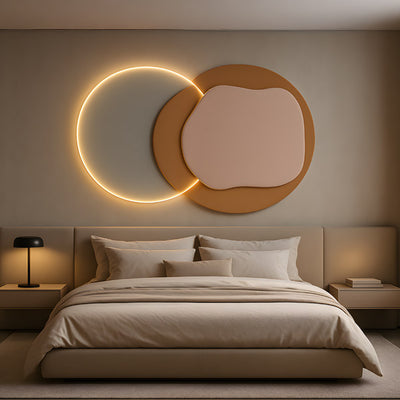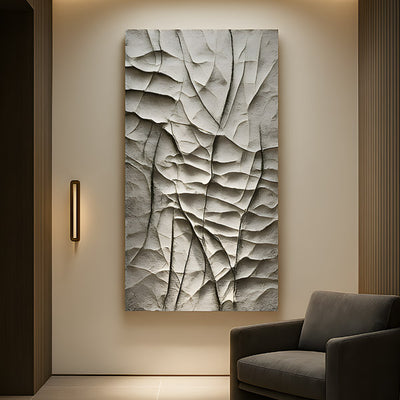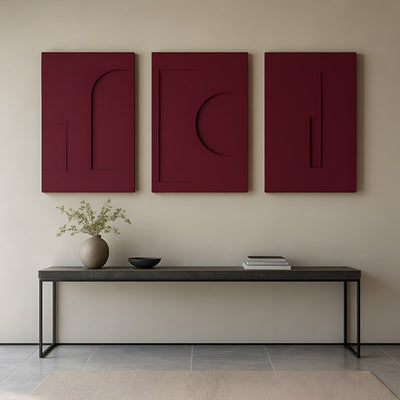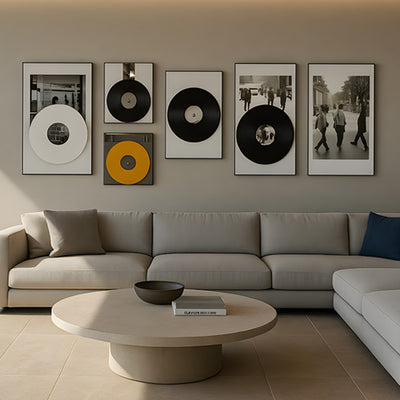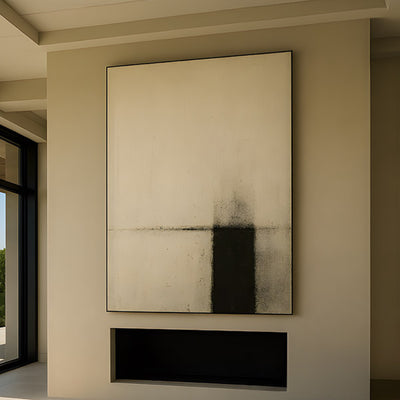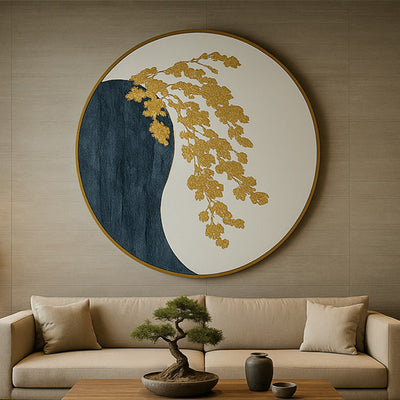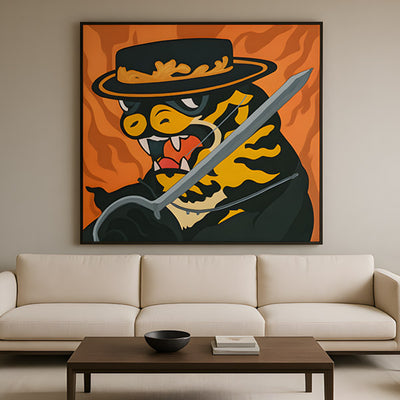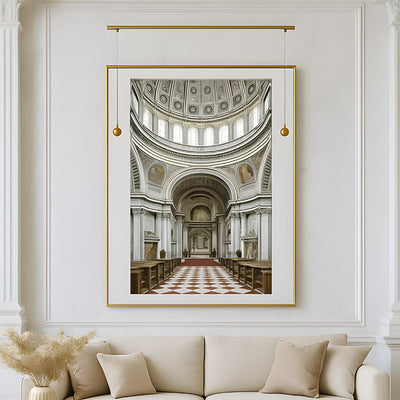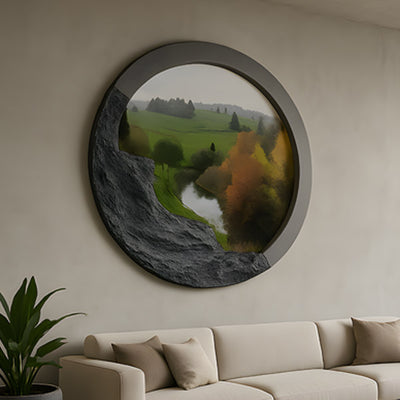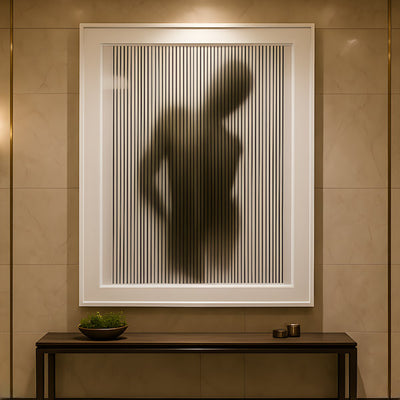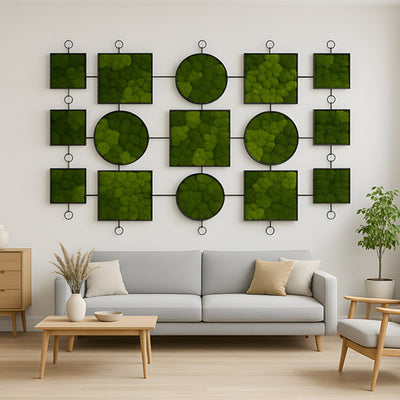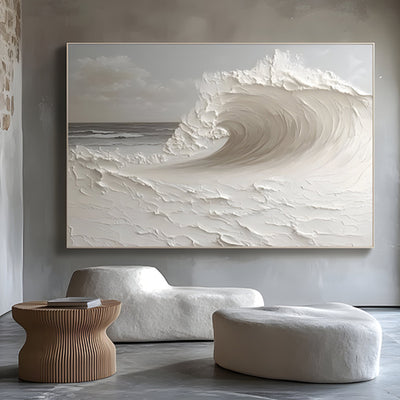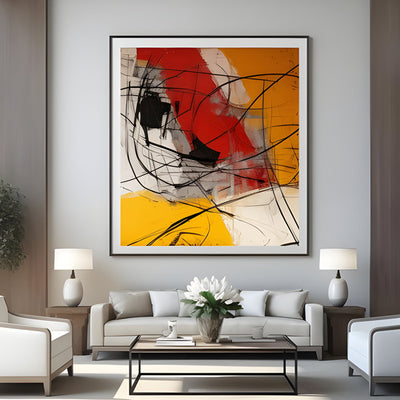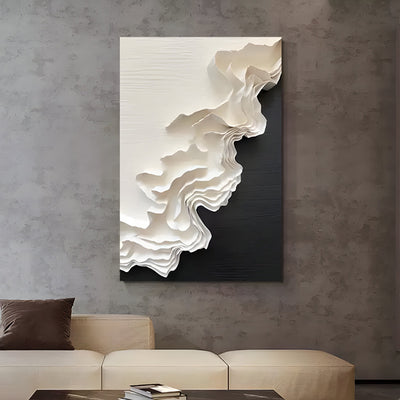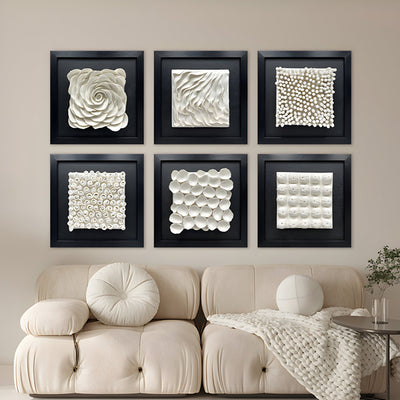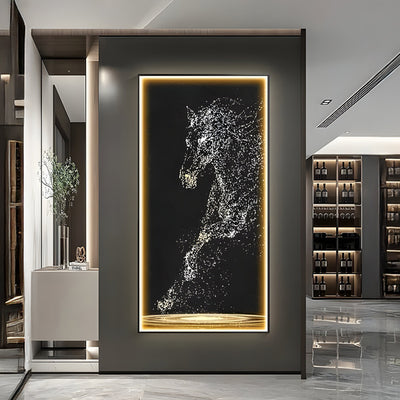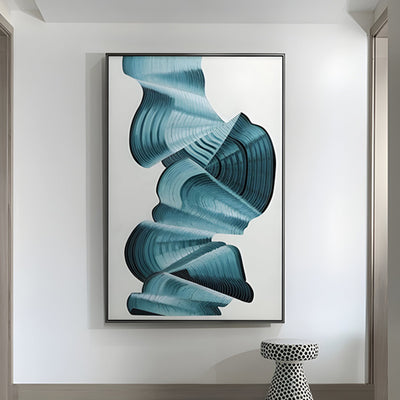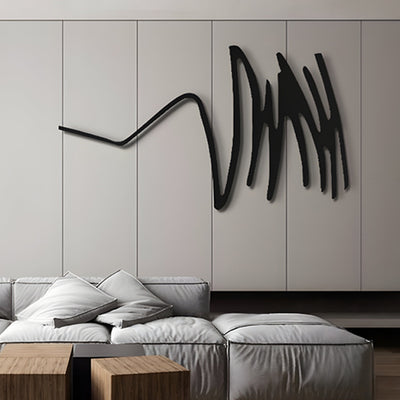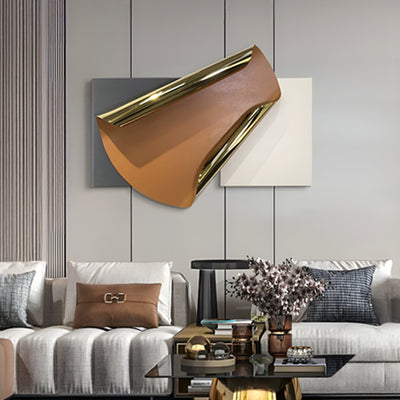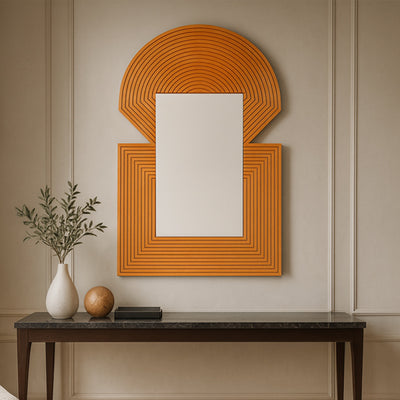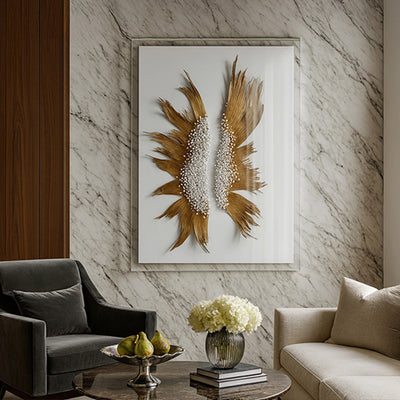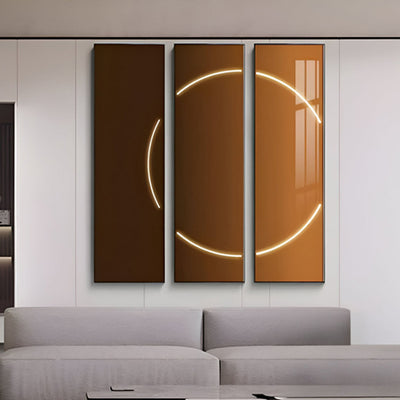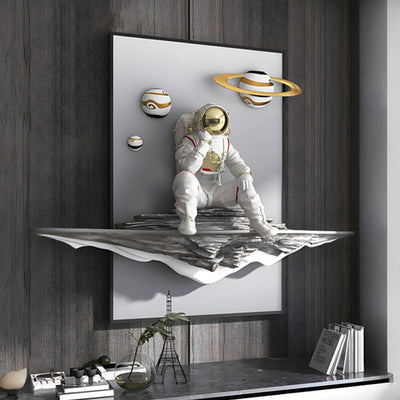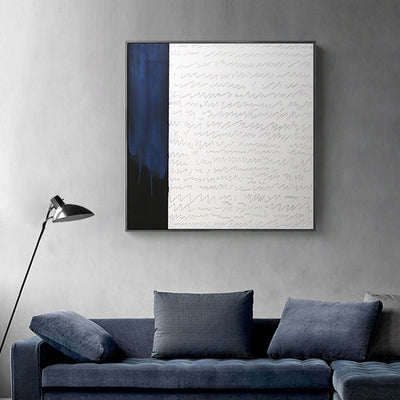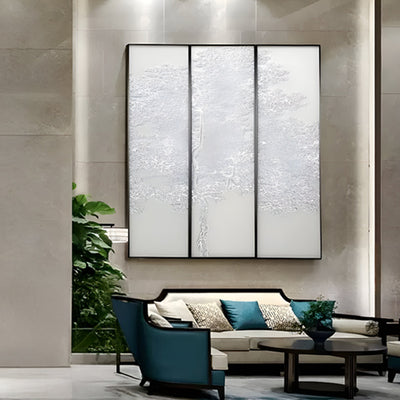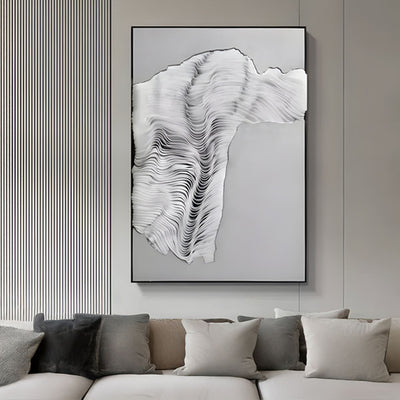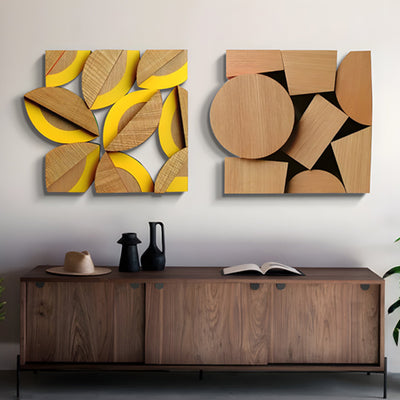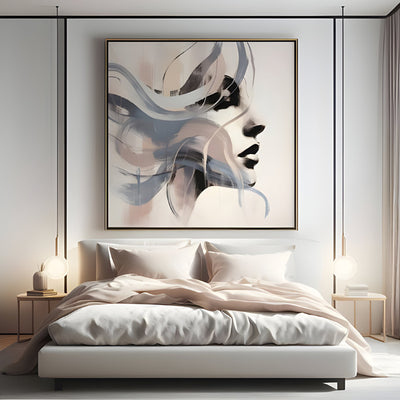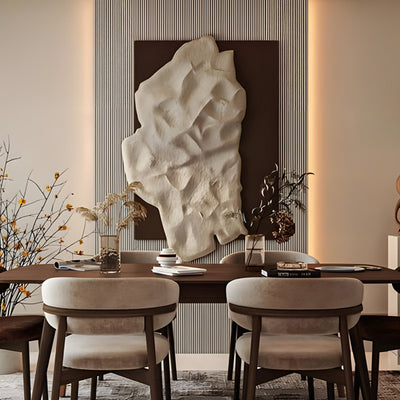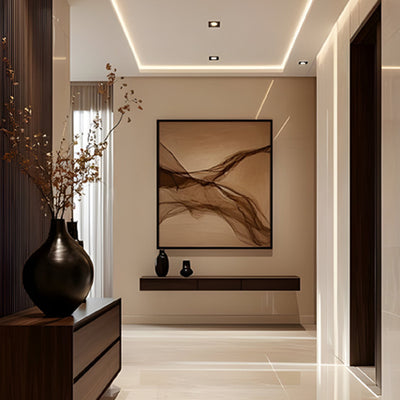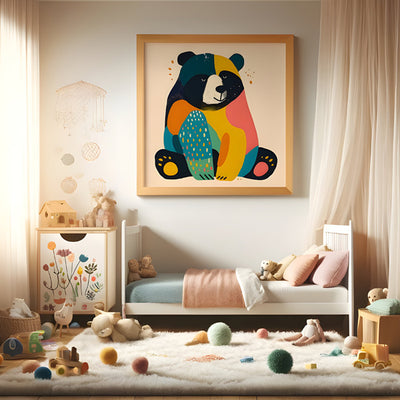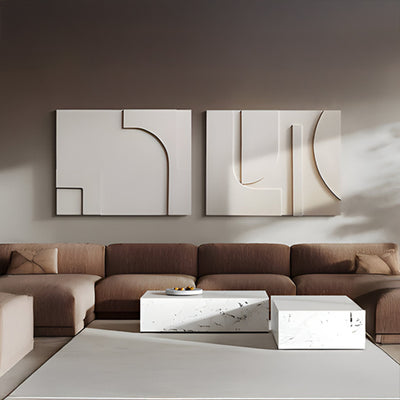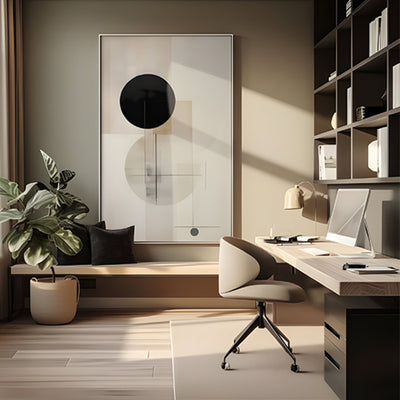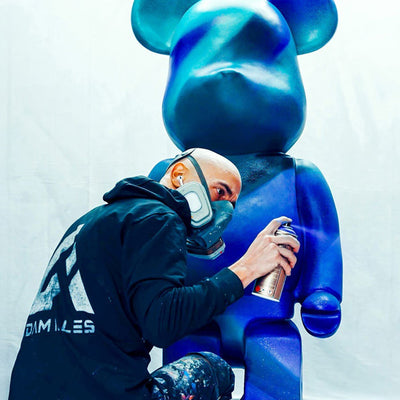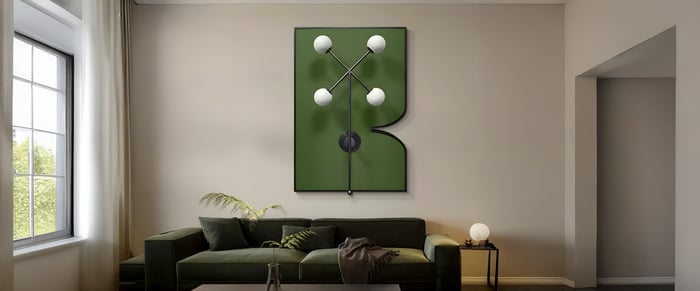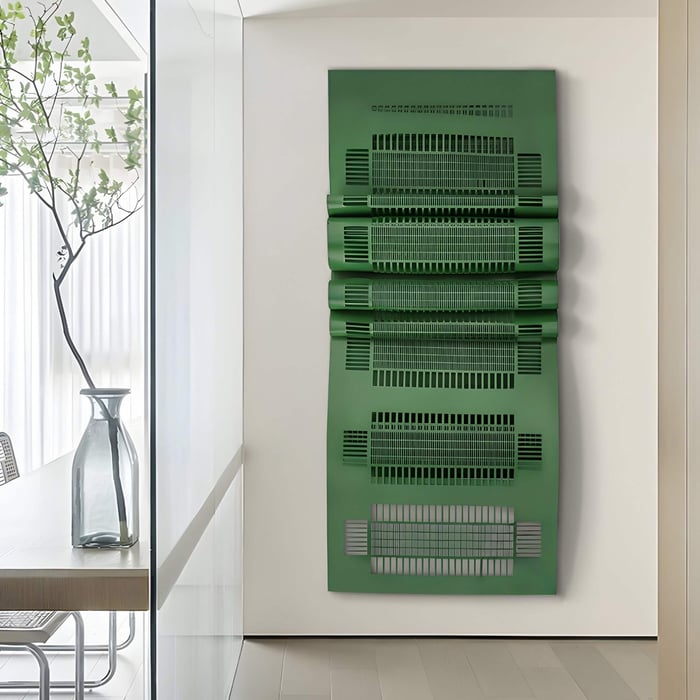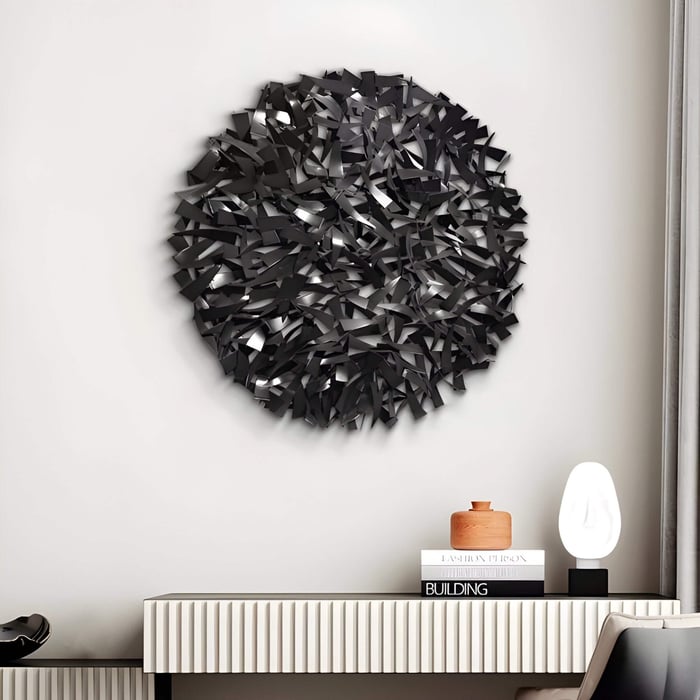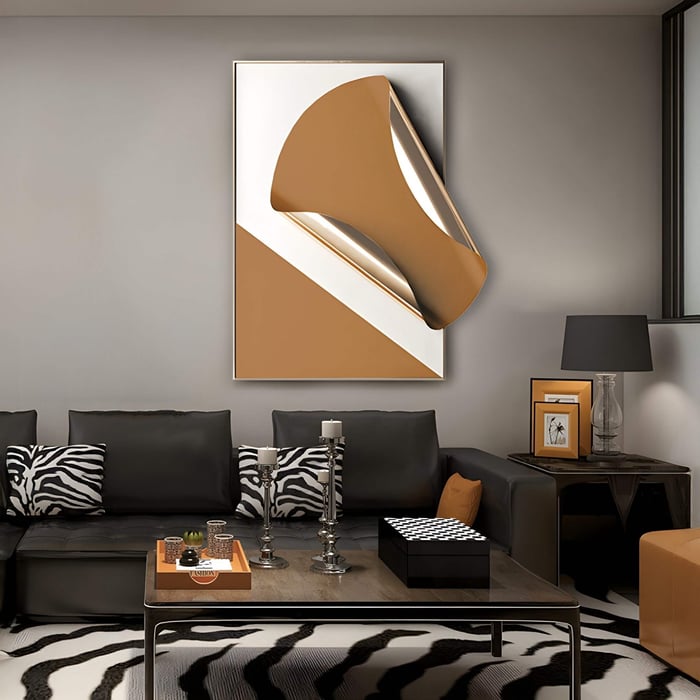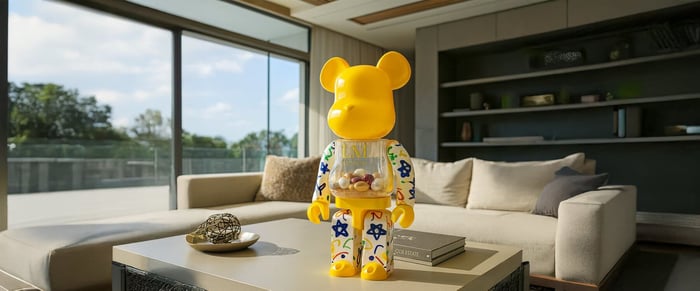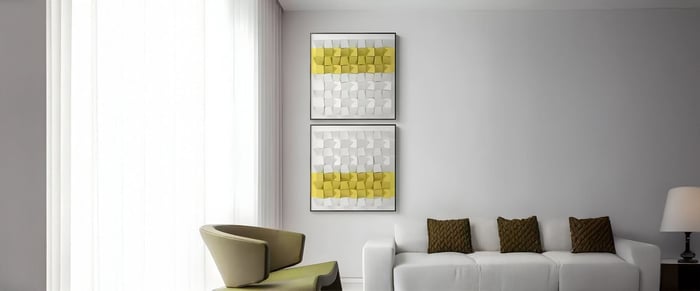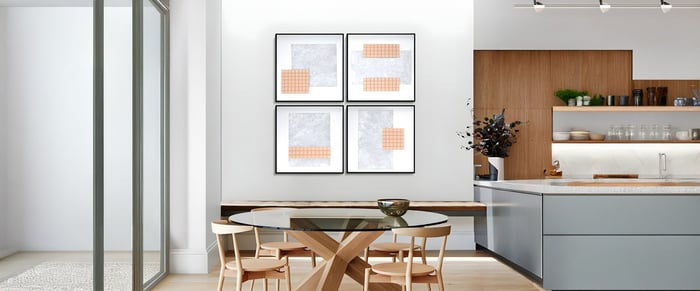Table of Contents
Introduction - Why Iron Art Commands Walls
Step into a living room adorned with a sculptural iron panel, and you’ll immediately feel its presence. The weight, texture, and shadows of iron art create a depth that transforms a plain wall into a commanding focal point. Where paintings and prints rely on colour and composition, iron adds sculptural weight, architectural balance, and a sense of permanence.
Iron is more than decoration; it’s a statement. As a medium, it’s known for durability, sculptural depth, and visual contrast against softer furnishings. In this article, we’ll explore why iron deserves a place in your home, how to select the right pieces, placement strategies, styling with finishes and motifs, care tips, and examples to inspire your living room transformation.
The Appeal & Properties of Iron Art
Iron carries qualities few other media can match. Its texture and evolving patina lend authenticity, while its structural strength makes it ideal for large-scale panels or intricate cut-outs. Unlike wood or canvas, which may fade or warp, iron maintains its presence over time with proper care.
Compared with metal wall art in aluminium or steel, iron offers a warmer, more traditional feel, especially in finishes that encourage natural patina. Contemporary trends embrace raw iron, blackened surfaces, powder-coated finishes in matte black or white, or even enamelled and painted treatments that allow the piece to adapt to modern interiors.
The choice of finish is key. A rust-toned iron panel feels rustic and organic, while a sleek powder coat fits minimalist interiors. Decorative iron guides, such as those by Bruzzen and other artisan workshops, emphasise the importance of sealing and mounting to protect the metal while allowing its character to shine.
Choosing Iron Art for Your Living Room
Before buying, consider the fundamentals:
Size & Scale: Iron wall paintings must feel proportional. Above a sofa, select pieces that span around two-thirds the sofa’s width. For tall walls, vertical iron panels or grids are effective.
Style & Theme: Rustic interiors favour ornate scrollwork; minimalist spaces lean toward geometric or linear designs. Abstract art in iron also suits contemporary settings.
Finish & Colour: Options range from raw black oxide and natural rust to painted hues or mixed-metal tones. Choose a finish that contrasts or complements your living room palette.
Texture & Depth: Decide between flat iron wall panels, embossed reliefs, or open cut-out designs that allow wall colour to show through.
Frame or No Frame: A freestanding edge enhances raw impact, while framed backing softens and integrates the artwork into the room’s design.
Selecting with these principles ensures your piece works harmoniously with furniture and architecture rather than overpowering them.
Styling & Placement Strategies
Where and how you position iron wall décor determines its impact:
Above Sofa Strategy: Align the iron artwork with the sofa, leaving 8-10 inches of space above. Ideally, width should be two-thirds of the sofa to maintain balance.
Accent Walls: Use iron art panels as the main feature of a gallery wall or let a single piece dominate as a focal point.
Vertical vs Horizontal Layouts: Tall, narrow panels suit corridors or small living rooms, while wide horizontal designs make large spaces feel grounded.
Layering Textures: Pair iron with softer textures like wood, velvet, or plaster walls. This contrast balances the hardness of metal with warmth.
Lighting & Shadows: Use side or grazing light to emphasise the iron’s relief and cast shadows for added drama. Adjustable spotlights are perfect for highlighting intricate designs.
Colour Contrast: Choose finishes to either pop or blend. For example, black iron against a white wall creates a modern statement, while rusted iron against taupe produces subtle depth.
These strategies ensure your iron wall art becomes an integrated feature rather than an afterthought.
Designs that Work: Motifs & Patterns
The beauty of iron wall art lies in its adaptability to various design languages:
Geometric & Grid Patterns: Perfect for modern art enthusiasts, they lend order and structure to minimalist interiors.
Organic & Nature Motifs: Leaves, branches, or floral scrolls bring softness to the strength of iron, ideal for transitional or rustic living rooms.
Abstract & Expressionist Iron Art: Twisted rods, fragmented lines, or sculptural plates provide bold artistic statements.
Filigree & Openwork Designs: Lightweight in feel, these allow wall paint or textures to show through, making them versatile for smaller spaces.
Mixed Media Iron Art: Combining iron with glass, wood, or resin introduces contrast and dimension, appealing to those who love mixed media art or eclectic interiors.
By choosing the right motif, you not only align with décor style but also control the emotional tone of the room.
Care, Installation & Durability
Though sturdy, iron requires thoughtful care to remain elegant indoors:
Mounting Considerations: Use wall anchors, welded plates, or French cleats for secure installation. Always consider the weight before hanging on drywall.
Rust & Corrosion Management: While indoor iron art is less prone to corrosion, sealing or powder coating prevents long-term damage.
Cleaning Tips: Dust with a soft cloth. For tougher dirt, use mild soap and water - never abrasive cleaners that can scratch finishes.
Touch-ups & Repairs: Minor chips can be retouched with patina-matching paint or sealant. For structural issues, consult a metalworker.
Longevity Tip: Avoid placing iron directly in sunlit areas to reduce risk of uneven patina or fading painted finishes.
Proper maintenance means your decorative metal art remains timeless and durable.
Case Examples & Inspiration
To spark ideas, let’s look at some popular approaches to styling iron art as striking living room art features:
Industrial Loft Living: A raw, oversized iron wall panel featuring geometric cut-outs hung above a leather sofa. Spotlights highlight the interplay of shadows, reinforcing the industrial vibe.
Rustic Warmth: A patinated iron panel with organic vine motifs anchors a stone fireplace wall. The rust finish complements wood beams and creates natural harmony.
Modern Minimalism: Powder-coated black iron wall art panels arranged in a grid across a white feature wall. The design is crisp and striking, offering an art-gallery feel.
A growing trend is sculptural openwork iron panels, which double as both wall décor and architectural dividers in open-plan homes. They blend the boundary between indoor art and structural design.
Conclusion - Strength Meets Elegance
Iron art carries the rare ability to bring both strength and elegance to living room walls. Its textures, shadows, and finishes create depth and permanence that canvas or prints alone cannot. By considering proportion, motif, and lighting, you can turn iron into a sculptural anchor for your space.
Experiment with scale, finishes, and placement to find the right balance. Whether you’re drawn to raw rusticity, clean geometry, or bold abstract art, iron adapts beautifully.
Ready to style your walls with strength and elegance? Explore curated collections of iron wall art or request bespoke designs from Giant Sculptures to bring your living room vision to life.
FAQs
Is iron art too heavy for drywall?
Not necessarily. Use proper wall anchors or French cleats, and ensure weight is within the safe limit.
Do iron finishes fade or rust inside?
Indoor pieces generally last decades, especially if sealed or powder coated.
Can I mix iron art with other wall art mediums?
Yes. Iron pairs well with canvas, wood, and living room paintings for a mixed-media gallery wall.
What is the best height to hang iron art in a living room?
Follow the eye-level rule: the centre of the piece should sit about 57–60 inches from the floor, or 6–10 inches above furniture.
